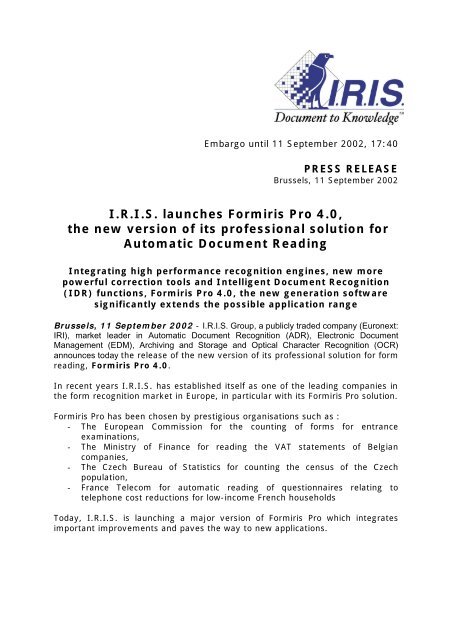

The smallest sub-slice in Haswell however delivers a competitive number of ALUs to AMD and NVIDIA implementations. Intel addressed many of the co-issue limitations last generation with Ivy Bridge, but there are still some that remain.Īrchitecturally, this makes Intel’s Gen7 graphics core a bit odd compared to AMD’s GCN and NVIDIA’s Kepler, both of which feature much wider SIMD arrays without any co-issue requirements. There are limitations as to what can be co-issued down each EU’s pair of pipes. Each EU is a dual-issue SIMD machine with two 4-wide vector ALUs: In Haswell, each graphics sub-slice features 10 EUs. AMD calls theirs a Compute Unit, NVIDIA’s is known as an SMX, and Intel’s is called a sub-slice. There are some enhancements, but for the most part what we’re looking at here is a dramatic increase in the amount of die area allocated for graphics.Īll GPU vendors have some fundamental building block they scale up/down to hit various performance/power/price targets. The fundamental GPU architecture hasn’t changed much between Ivy Bridge and Haswell. Haswell GT3 capable of hitting 1.3GHz is called Iris 5100, and finally Haswell GT3e (GT3 + embedded DRAM) is called Iris Pro 5200. Haswell GT3 at or below 1.1GHz is called HD 5000. Haswell GT1 is just called Intel HD Graphics, Haswell GT2 is HD 4200/4400/4600. While Sandy and Ivy Bridge featured two different GPU implementations (GT1 and GT2), Haswell adds a third (GT3).īasically it boils down to this. Intel attempted to simplify the naming confusion with this slide:

With certain versions of Haswell, Intel once again parts ways with its old brand and introduces a new one, this time the change is much more significant. From that point on, all Intel graphics would be known as Intel HD graphics. In 2010, Intel’s Clarkdale and Arrandale CPUs dropped the GMA (Graphics Media Accelerator) label from its integrated graphics.


 0 kommentar(er)
0 kommentar(er)
